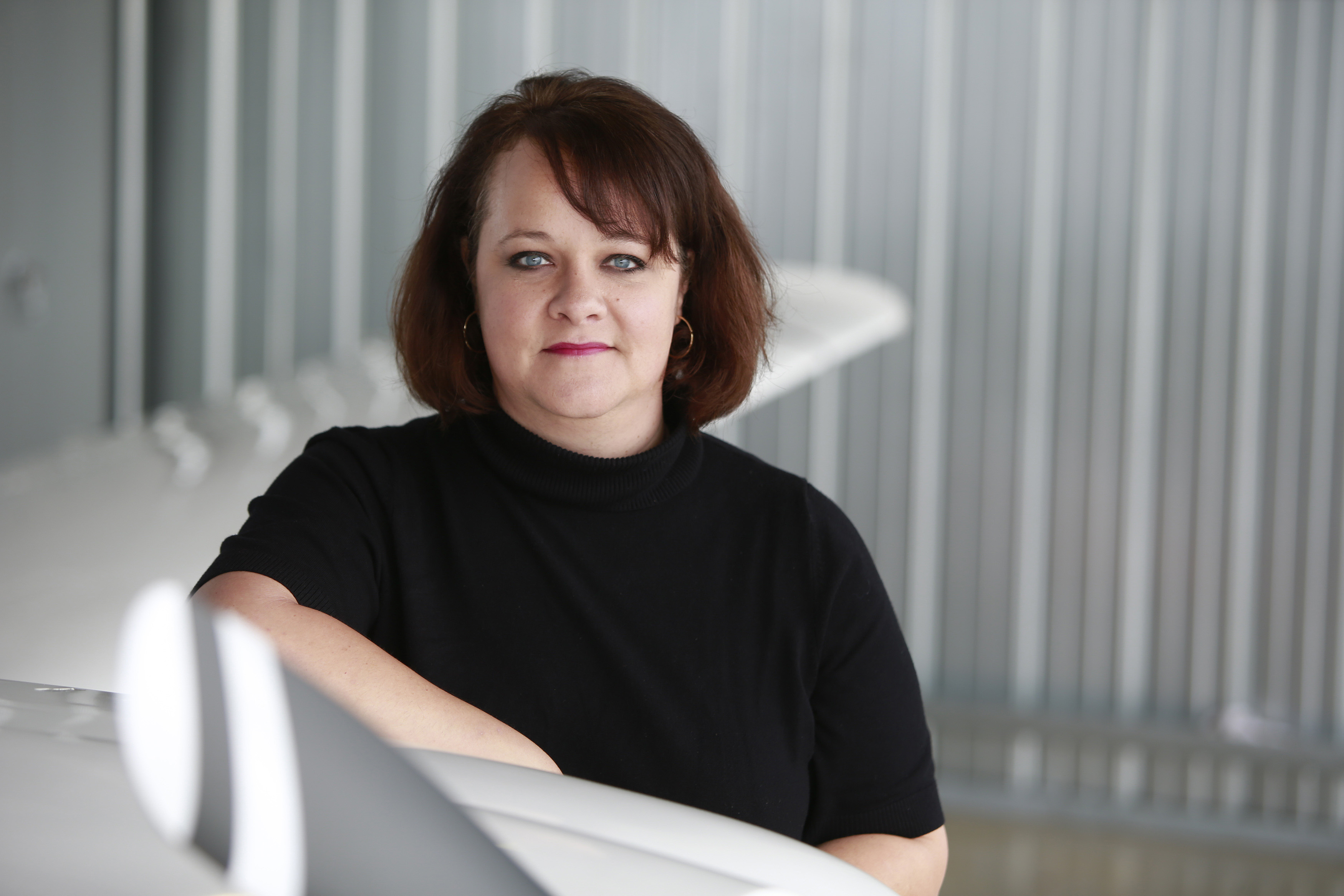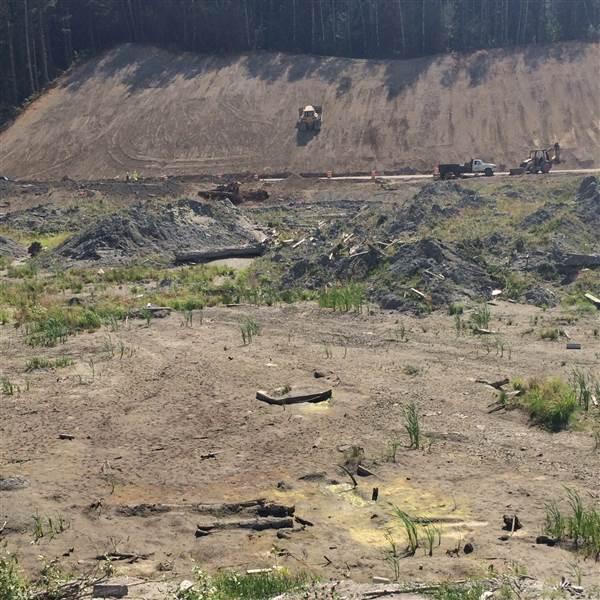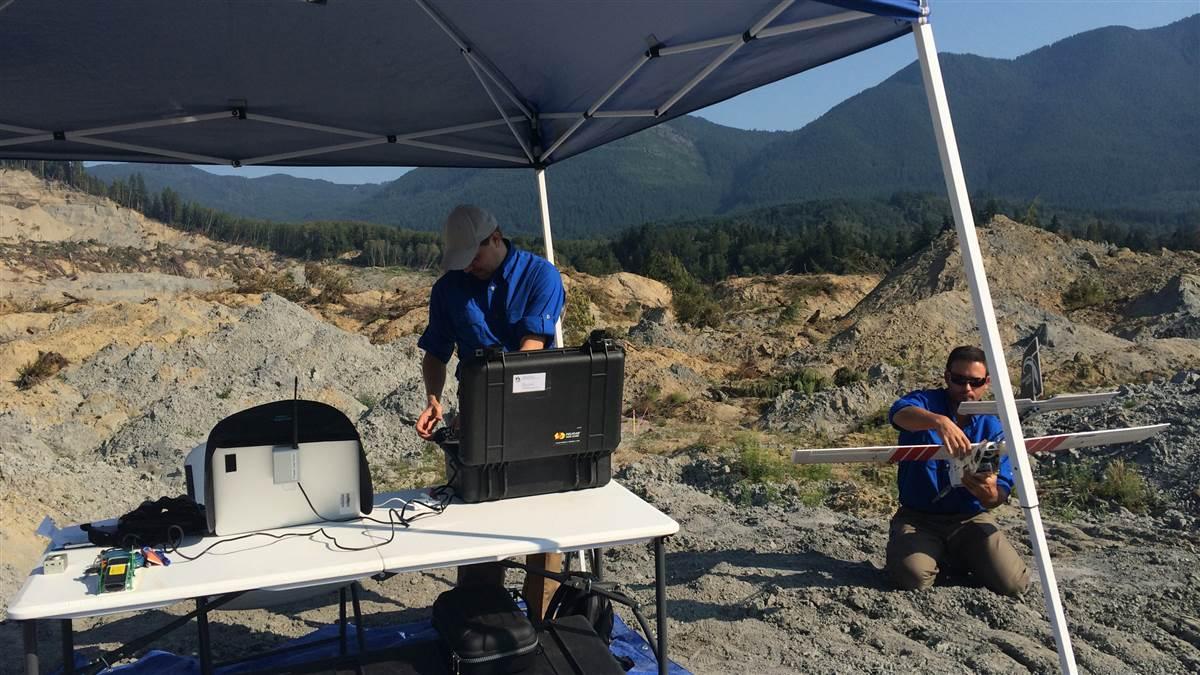Pilot leads AOPA's drone plan
Like many of those who have helped harness the power of drones for beneficial uses, Kathleen “Kat” Swain was a manned pilot before she became a remote pilot, and brought the perspective of a pilot with multiple ratings, including flight instructor, to the development and operation of drones. After instructing military and civilian pilots, and flying drones for many purposes including insurance industry support and humanitarian missions, Swain joined AOPA's staff to create a plan for drones. Swain and her husband, daughter, and dogs picked up their lives in Texas and moved to Frederick, Maryland in 2016.

Swain had been hired to fill the newly created position of senior director of UAS programs, and has since worked with virtually every AOPA department, drafting and polishing a plan to welcome remote pilots into the association. During the course of that effort, she thought over and over of a child’s mattress caked in mud, a single photograph among thousands from a mission during which the drones arrived too late to make the kind of difference that current technology makes possible.
“It really hit home for me how important the technology was when Roboticists Without Borders called me up to assist after the Oso, Washington, mudslides,” Swain said.
Swain carries the image in her phone to this day, and it can still summon tears. What, Swain wonders, could drones do if they arrive even sooner, perhaps in time to put sophisticated sensors to work and find people still alive? It’s a question that continues to drive her.

For all their potential, drones remain constrained from many missions, partly due to limits on the technology (most have electric motors exposed to the atmosphere, so precipitation grounds flights) and partly because the regulatory framework that will allow safe integration of manned and unmanned aircraft is still taking shape. While the FAA is authorizing public safety operations in growing numbers, challenges remain.
“It was painful to see, and to watch great technology sit on the sidelines because of regulation, or lack thereof,” Swain recalled of her time in Oso. “If you can get there sooner, what can you do? And then the rebuilding process … how can this help?”
Swain said remote pilots must be instilled with a sense of shared responsibility, both for safety and for public acceptance that will increase as pilots behave well, respecting privacy and other considerations.
Swain said that having a background in manned aviation made it easier to anticipate conflicts and potential conflicts that come with integration of UAS in the National Airspace System. Her education also includes a bachelor’s degree in political science from Texas State University, and a master’s degree in organizational leadership from Grand Canyon University.
AOPA is in a unique position, said the association’s senior director of UAS programs, to build an aviation community for all operators that fosters responsible and effective use of powerful new technologies.
“That’s what attracted me to come over here,” Swain said.
It will take work, and resources, and support from AOPA members to realize the full scope of the plan Swain has designed and AOPA leadership has approved, and drone operators need to be a part of that effort for it to work.




